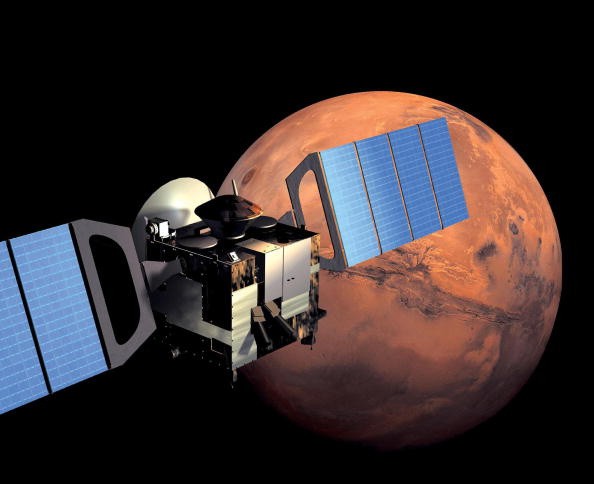Longer Mars missions can be possible, thanks to a new energy-gathering tech that is claimed to be better than the nuclear energy-based system.

Extending activities on the Red Planet is quite tricky since astronauts usually run out of power.
NASA and other space agencies believe that nuclear fission reactors can provide the needed energy for essential machines operating on the Red Planet.
The international space union has been making efforts to create an efficient nuclear fission reactor that can provide enough power for long-term Mars missions.
But, a new study claimed that a new solar energy-based system is actually a better option compared to nuclear fission reactors.
Longer NASA Mars Missions are Possible?
According to SciTech Daily's latest report, a new study was conducted by researchers at the University of California, Berkeley.

Also Read : NASA Mars Curiosity Rover Navigates Back From Gator-Back Terrain | Rocks 'Not' Good For its Wheels
Based on their findings, the flexibility, lightweight, and high efficiency of photovoltaics can provide enough power for extended or longer Mars missions of NASA and other space agencies.
In the new study titled "Photovoltaics-Driven Power Production Can Support Human Exploration on Mars," which was published by the Frontiers journal, solar energy-based technologies can actually allow astronauts to have 480-day space missions on the Red Planet.
They even claimed that photovoltaic energy generators are comparable to or even better than the suggested nuclear fission reactors.
"Photovoltaic energy generation coupled to certain energy storage configurations in molecular hydrogen outperforms nuclear fusion reactors over 50%," said Aaron Berliner, a bioengineering doctoral student at UC Berkeley.
Other Things Revealed by Photovoltaic Study
Aside from revealing the solar energy-based system's efficiency, the new study also offered a new perspective on the upcoming Mars colonization.
Involved scientists said that they are also checking other technologies that can be helpful during long-term space missions on the Red Planet, as well as other heavenly bodies in the solar system.
If you want to see more of their findings, you can visit this link.
Meanwhile, the NASA Perseverance Rover successfully arrived at Mars' River Delta.
On the other hand, a new Mars colonization study claimed that humans could breathe on the Red Planet.
For more news updates about Mars missions and other space topics, always keep your tabs open here at TechTimes.
Related Article : NASA Perseverance Rover Films Stunning Video of Solar Eclipse on Mars
This article is owned by TechTimes
Written by: Griffin Davis
![Apple Watch Series 10 [GPS 42mm]](https://d.techtimes.com/en/full/453899/apple-watch-series-10-gps-42mm.jpg?w=184&h=103&f=9fb3c2ea2db928c663d1d2eadbcb3e52)



